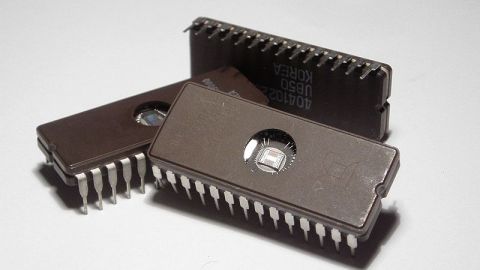Breakthrough: Intel Reinvents the Microchip

What’s the Latest Development?
Intel announced this week that, for the first time since it invented the microchip in 1959, the company has retooled the transistor, the microchip’s most fundamental part. The new chip, set to be released into general production later this year, brings the once-flat transistor into three dimensions. “Like a real estate developer building skyscrapers to get more rentable space from a plot of land, Intel is now building up.” The smallest feature on the chip measures a mere 32 nanometers. By comparison, a human red blood cell is 75,000 nanometers in width.
What’s the Big Idea?
The announcement of Intel’s new microchip is consistent with a phenomena known as Moore’s law which describes the progress of computer hardware into the future. It states that every two years, the number of transistors that can be placed onto a sliver of silicon doubles, thereby exponentially improving the capabilities of our digital devices. Intel’s focus on creating a faster processor, however, is not without risks. Portable devices like tablet computers and smart phones prefer low-energy chips that conserve power and prevent overheating, rather than ones which emphasize speed.




